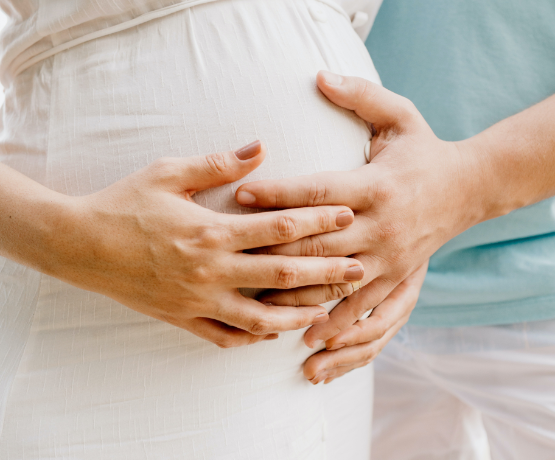Minimizing environmental factors that have an impact on fertility
Bringing a child into the world is a joyous experience many couples dream of. However, several environmental factors can significantly impact fertility, making it challenging for some couples to conceive. While medical conditions play a vital role, it’s important not to overlook the impact of the environment on reproductive health. In this article, we’ll explore some key environmental factors that can negatively affect fertility, with a specific focus on chemical exposures. We will discuss how couples can minimize their impact to increase their chances of conception.
Air Pollution
Air pollution, a growing concern in urban areas, can have a detrimental effect on fertility. The presence of fine particulate matter (PM2.5), volatile organic compounds (VOCs), and nitrogen dioxide (NO2) in the air has been linked to decreased sperm quality, hormonal imbalances, and an increased risk of miscarriages in women. While it’s challenging to control outdoor air quality, couples can take certain steps to reduce indoor air pollution:
- Invest in high-quality air purifiers with HEPA filters for their homes to improve indoor air quality.
- Regularly clean and dust their living spaces to minimize the accumulation of pollutants.
- Open windows during periods of low outdoor pollution to allow fresh air circulation.
If you would like our support to walk through the process step by step, we are here for you! Watch our free, on-demand masterclass here and take the action step to apply to work with us. We’ve helped countless couples like you succeed in optimizing their fertility, even when they are starting a family a little later in life.
Chemical Exposure
Exposure to certain chemicals in our daily lives can disrupt the delicate hormonal balance necessary for reproductive health. These chemicals, known as endocrine-disrupting chemicals (EDCs), interfere with the body’s hormone system. Common sources of chemical exposure include household cleaning products, pesticides, plastics, and personal care products. Do a household audit and start ridding your home of any of these harmful chemicals:
- Choose organic and natural cleaning products that are free from harmful chemicals such as phthalates, parabens, and triclosan.
- Opt for fresh, organic produce and reduce consumption of processed foods to limit exposure to pesticide residues.
- Store food and beverages in glass or stainless-steel containers instead of plastic to avoid potential chemical leaching.
- Read labels carefully and choose personal care items and cosmetics that are free from EDCs.
- Be cautious when renovating or painting homes, as certain paints and building materials may release harmful volatile organic compounds (VOCs). Ensure proper ventilation during these activities.
Electromagnetic Radiation
Though seldom discussed, the increasing reliance on electronic devices exposes us to electromagnetic radiation (EMR), which may have adverse effects on fertility. Studies have suggested a possible link between EMR exposure from mobile phones, laptops, and Wi-Fi routers and reduced sperm quality and motility. To minimize exposure to EMR:
- Keep mobile phones away from the reproductive organs and avoid carrying them in pockets or on belts for extended periods.
- Use hands-free options such as headphones or speakerphone during phone calls.
- Limit screen time and turn off Wi-Fi routers when not in use, especially during sleeping hours.
- Create a bedroom environment that is free from electronic devices, allowing for a more restful and low-EMR sleep environment.
Lifestyle and Stress
Unhealthy lifestyle choices and chronic stress can also negatively impact fertility. Smoking, excessive alcohol consumption, poor diet, and sedentary habits can all affect reproductive health. Additionally, high levels of stress can disrupt hormone production and menstrual cycles. To promote fertility-friendly lifestyles:
- Adopt a balanced diet rich in fruits, vegetables, whole grains, lean proteins, and healthy fats.
- Engage in regular physical activity, such as walking, yoga, or swimming, to maintain a healthy weight and promote overall well-being.
- Practice stress management techniques like meditation, deep breathing exercises, or seeking support from a therapist or counselor.
- Avoid smoking and excessive alcohol consumption, as they can significantly impair fertility.
Conclusion
While fertility is a complex matter influenced by various factors, including genetics and medical conditions, it’s crucial to recognize the impact of environmental factors on reproductive health. By understanding and minimizing exposure to air pollution, harmful chemicals, electromagnetic radiation, and adopting a healthy lifestyle, you can take proactive steps to enhance your chances of conceiving. With a conscious effort to create a fertility-friendly environment, we believe you can pave the way for a healthier and happier journey toward parenthood.








